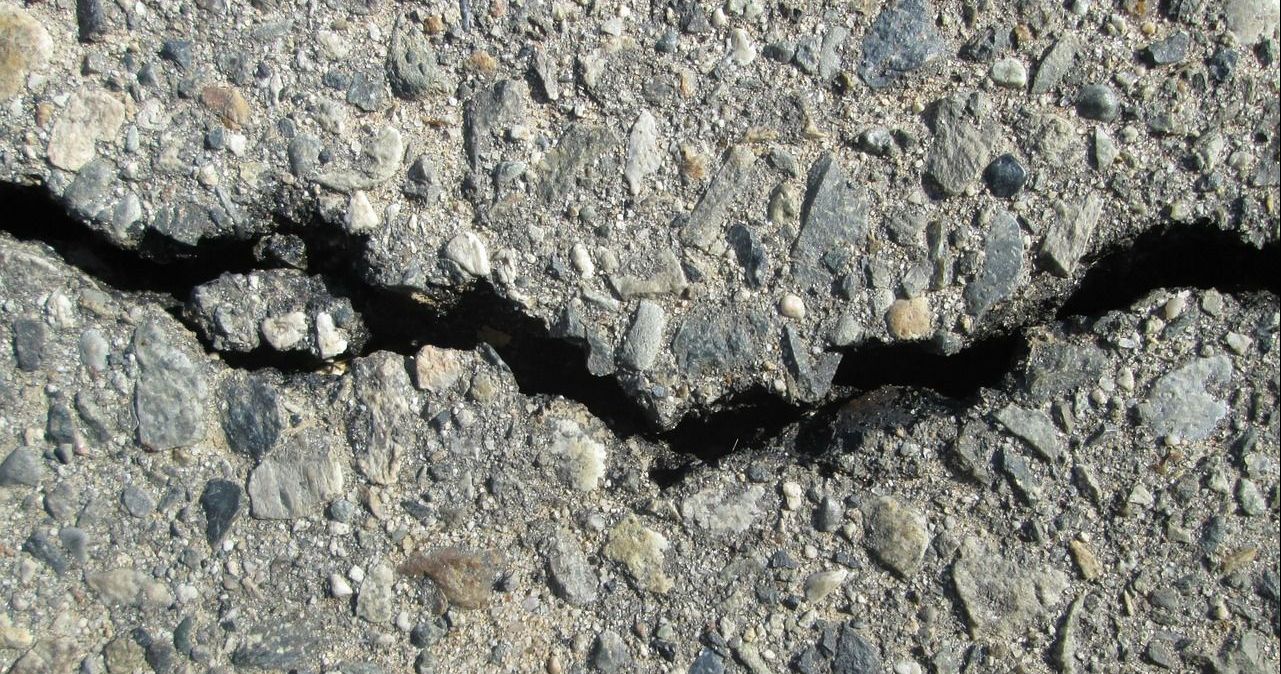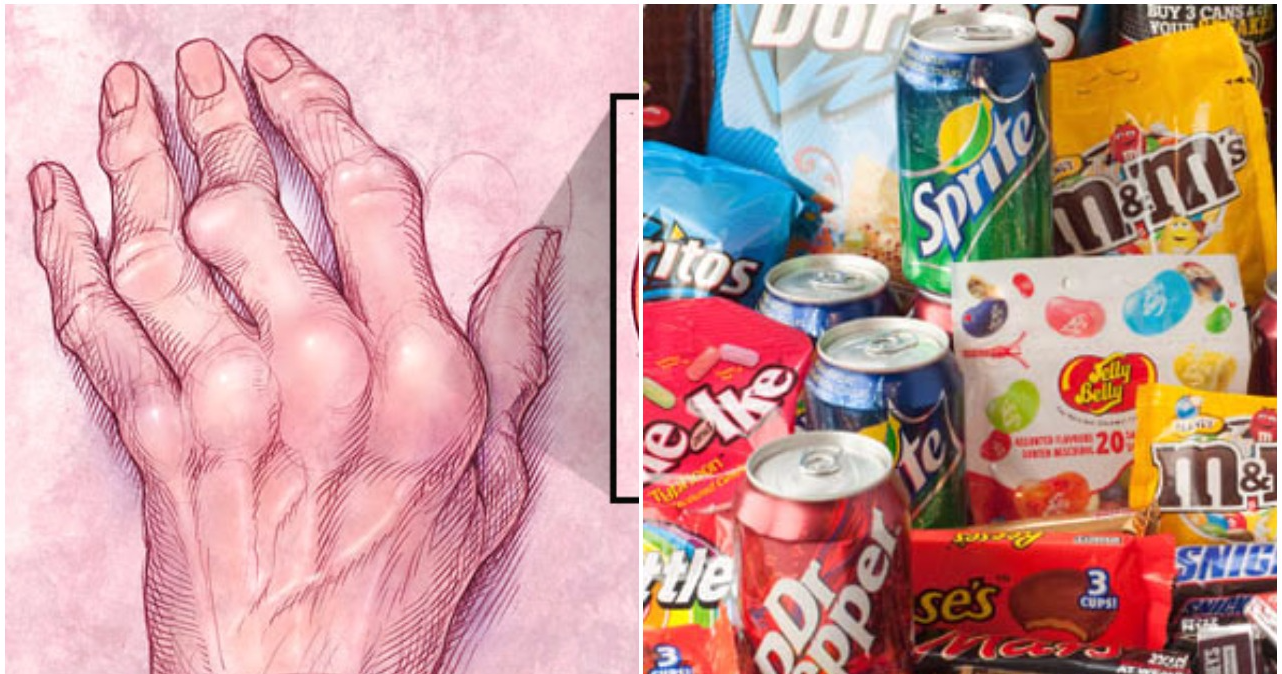You can waterproof several areas of your home to safeguard it from moisture and humidity damage. In general, these conditions are bad for your residence and health. Excess water can cause wood to rot, lead to mold and bacteria growth, and even cause the metal to rust. Here are a few waterproof tips to get started.
Waterproof Your Wooden Entry Floor
Your entryway gets the most amount of traffic in your home. Everyone is walking over the area multiple times daily. It experiences every weather condition and regularly handles dripping umbrellas, coats, snowcovered boots, and the mud that accompanies springtime.
You don’t need to rip out the beautiful wood floors and go with a laminate to waterproof the floor. Instead, purchase a water-based polyurethane wood floor finish. Keep the look and stop water damage before it starts.
Waterproofing Under Sink Cabinets
Another task you can complete in a weekend is adding an extra layer of protection to your under sink cabinet areas. These areas are highly susceptible to water damage, and they’re easy to waterproof. Add a 12 x 12-inch vinyl tile to line the bottom of the cabinet.
Use scissors to cut out an area for the pipe. Follow up with a calk around the pipes to seal any gaps. While you’re completing these tasks, check all pipes for leaks, and replace as necessary.
Waterproof Your Kitchen Backsplash
Again, not all waterproofing tasks take several hours or days to complete. There are several that are quick and easy. If you haven’t added a waterproof backsplash to your kitchen sink area, then this item should be at the top of your list. Have you ever washed dishes and kept everything dry? Probably not.
While using the sprayer to clean and scrub, it’s easy to squirt water in the wrong direction. Additionally, these areas are often high in humidity. Save your walls, prevent mold and moisture buildup with a waterproof backsplash. Keep an eye out for breaks in the seal after installing it. Caulk these cracks fast to avoid moisture buildup.
Seal the Cracks Outside
When water sealing your home, don’t skip the outdoor areas around your house. Cracks in the concrete for your sidewalks, patio area, and driveway should be plugged quickly. Once moisture escapes into these, it can cause severe damage to the walkway.
As the soil around the area freezes and thaws, it can expand the cracks. Catching these quickly and using a sealant can prevent lots of frustration and expensive repair service. For the best results, try a polymer resin. It’s remarkably strong. The polymer also locks out moisture, preserving the area longer.
There are many areas to waterproof around the home. After completing these steps to protect your residence, family, and belongings from water damage, you won’t be done. There are several more areas you can add an extra layer of protection too.

